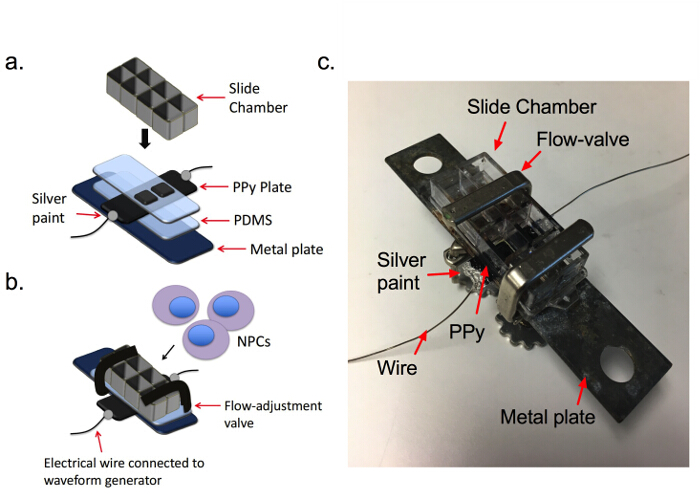

Besides, human iPSCs are able to undergo differentiation into various lineages including cardiomyocyte, neuron, osteoblasts, and RPE cells, 5, 6.

The human iPSCs could be established from somatic cells such as fibroblasts or peripheral blood mononuclear cells through the reprogramming technology. 1–3 The present iPSC platform was developed by Shinya Yamanaka and his colleagues at the beginning 4 and has gradually drawn high attention due to its promising potential in patient-specific therapy. RPE cells can be generated in vitro from mesenchymal stem cells, embryonic stem cells (ESCs), and induced pluripotent stem cells (iPSCs). So far there is no effective treatment that can restore the RPE loss and malfunction in advanced AMD. Eventually, degeneration of photoreceptors in the macular region often results in functional impairment of the central vision. Meanwhile, variable size of extracellular deposits called drusen may accumulate beneath the RPE layer and subsequently disrupt the overlying photoreceptors. At the advanced stage, AMD is characterized by the gradual loss of retinal pigment epithelium (RPE) cells, outer neural retina, and choroidal capillary vessels. The symptoms of AMD predominantly include profound loss of central vision, losing the ability to read and recognize faces, and poor living qualities. This novel device exhibits better bioavailability than conventional injection of donor cells and may be an alternative option for the treatment of AMD.Īge-related macular degeneration (AMD) contributes to one of the major causes of blindness and is prevailing in persons older than age 55 in the industrialized world. Taken together, this innovative PDMS-based biomimetic scaffold may serve as an ideal interface for in vitro iPSC-RPE cultivation and subsequent transplantation in vivo. The PDMS interface allowed regular growth of iPSC-RPEs and the design of cylinder micropillars further provided the bioscaffold high motion resistance may improve the engraftment stability of iPSC-RPEs after transplantation. iPSC-RPEs demonstrated confluent cell monolayer on the scaffold and maintained RPE-specific gene expression, which proved the PDMS-based biomimetic scaffold to be supportive for iPSC-RPEs growth. PDMS biomimetic scaffold was analyzed with Fourier transform infrared spectroscopy and proved its chemical composition. The iPSC-RPEs were seeded on the scaffold and analyzed with characteristic gene expression. It was further modified on surface with biomolecules to improve cell affinity and stability. The biomimetic PDMS scaffold was fabricated through spin coating and lithography method. RPEs were cultured on the PDMS-based biomimetic scaffolds and validated the cells gene expression. In this study, we developed an innovative polydimethylsiloxane (PDMS)-based biomimetic scaffolds with cylinder micropillars for the cultivation of induced pluripotent stem cell–derived RPEs (iPSC-RPEs). Cell therapy that possesses enormous potential in regenerative medicine may provide an alternative treatment for several incurable diseases such as AMD. Once the retinal pigment epithelium (RPE) layers are destroyed, the poor visual acuity and recognition are generally irreversible.
Pdms scaffold meaning license#
This is an open access article under the CC BY-NC-ND license ( )Īge-related macular degeneration (AMD) is one of the leading causes of vision loss. Teh-Ia Huo, Department of Medical Research, Taipei Veterans General Hospital, 201, Section 2, Shi-Pai Road, Taipei 112, Taiwan, ROC. Yueh Chien, Cancer Progression Research Center, National Yang-Ming University, 155, Section 2, Linong Street, Taipei 112, Taiwan, ROC. Received Maaccepted March 6, 2020.Ĭonflicts of interest: The authors declare that they have no conflicts of interest related to the subject matter or materials discussed in this article. GCancer Progression Research Center, National Yang-Ming University, Taipei, Taiwan, ROC AInstitute of Pharmacology, School of Medicine, National Yang-Ming University, Taipei, Taiwan, ROCīDepartment of Medical Research, Taipei Veterans General Hospital, Taipei, Taiwan, ROCĬDepartment of Ophthalmology, Taipei Veterans General Hospital, Taipei, Taiwan, ROCĭSchool of Medicine, National Yang-Ming University, Taipei, Taiwan, ROCĮCenter for Advanced Pharmaceutics and Drug Delivery Research, National Yang-Ming University, Taipei, Taiwan, ROCįDivision of Gastroenterology, Department of Medicine, Taipei Veterans General Hospital, Taipei, Taiwan, ROC


 0 kommentar(er)
0 kommentar(er)
